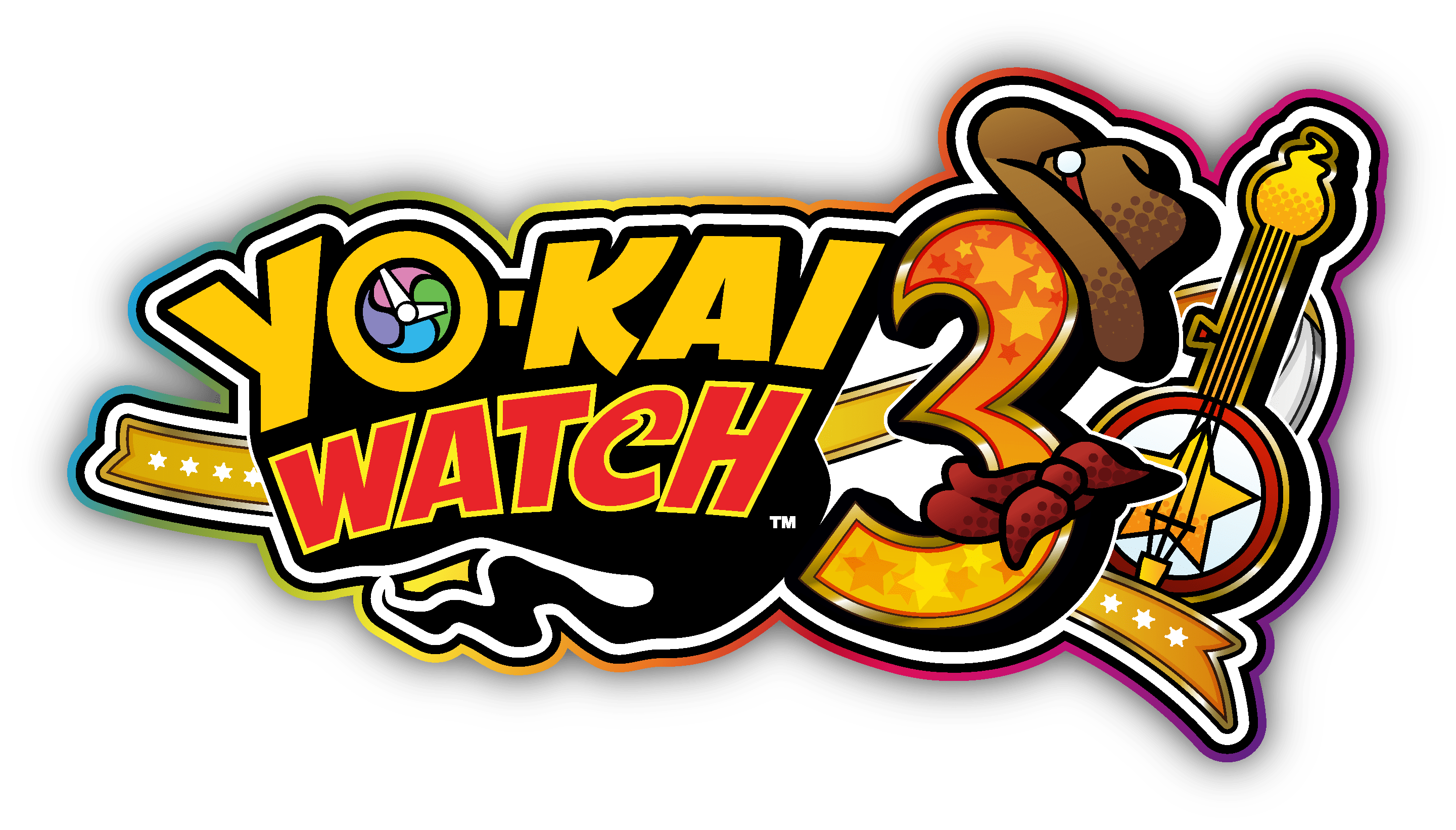
The original Yo-kai Watch battle system is back in action, with AI-controlled Yo-kai deciding which moves to use based on their personalities – with players acting as more of a “coach” for their team as they use items, switch active Yo-kai, and tell their partners when to unleash their powerful Soultimate moves. I personally enjoyed the anime so I didn’t mind it at all, but it definitely stuck out to me as strange.Īs strange as the anime tie-ins may be, everything else felt incredibly comfortable especially the battles. Yo-kai Watch 2 did things a bit differently however, throwing in previously anime-exclusive storylines such as Jibanyan moving in to the player’s house (also becoming a core focus of the plot), and Komasan traveling around Springdale. Usually when a game is made, an anime adaptation does its best to mimic plot points from the game. While the time-travel story arc is entirely new, unique, and entertaining, I did find myself scratching my head a bit at the anime tie-ins.

The way you return home after every adventure deepens your immersion in Nate/Katie’s everyday life. This episodic structure provides a more realistic deception of how a child would actually handle a situation like this. As in the first game, the storyline is broken up into episodic segments that help to break up the pacing of the story. The main focus of the story involves either Nate or Katie traveling back in time in order to help their grandfather (either Nathaniel or Kenny, depending upon your chosen protagonist) fight off a long-extinct breed of Yo-kai known as the Wicked Tribe. Yo-kai Watch 2‘s story picks up soon after the events of the first game, and presents itself as a rather curious mixture: one part sequel and one part anime tie-in. A few other little details are also tweaked depending upon which version you play, such as certain conversations (I won’t spoil anything) and minor quests, but that’s about it. For those who are curious: the main difference between Bony Spirits and Fleshy Souls lies within the version-exclusive Yo-kai that you can befriend. Now that it’s here though, I have but one question does it really live up to all of the hype created by Japan back in 2014?įor simplicity’s sake, I’m going to drop the Fleshy Souls part of the name after this paragraph because – as is the case with many multi-versioned games – there aren’t any changes between the two games so drastic they demand I constantly dictate which version I’m playing.


Well it’s 2016 now and, although it’s a tad late, Yo-kai Watch 2 finally wandered on over to North America in the guise of Yo-kai Watch 2: Bony Spirits and Yo-kai Watch 2: Fleshy Souls.

Meanwhile, the rest of the world had never even heard of Yo-kai Watch. Just one year later, Yo-kai Watch 2 released in two separate versions Ganso and Honke (a third version was released too, but that isn’t really important). Riding on the coattails of the first game’s popularity, Yo-kai Watch 2 quickly climbed to the top of the sales charts, and received critical praise from Japanese video game critics. Following the success of the first Yo-kai Watch – which had been released all the way back in 2013 – the franchise’s popularity exploded within Japan, causing it to become a household name especially among families with children. What you may not know is just how well it did.
#YOKAI WATCH 2 YOINK SERIES#
Those familiar with Yo-kai Watch already know that though the series is relatively new in most parts of the world, it’s actually been around in Japan for quite some time – and has been doing pretty well up until now.


 0 kommentar(er)
0 kommentar(er)
